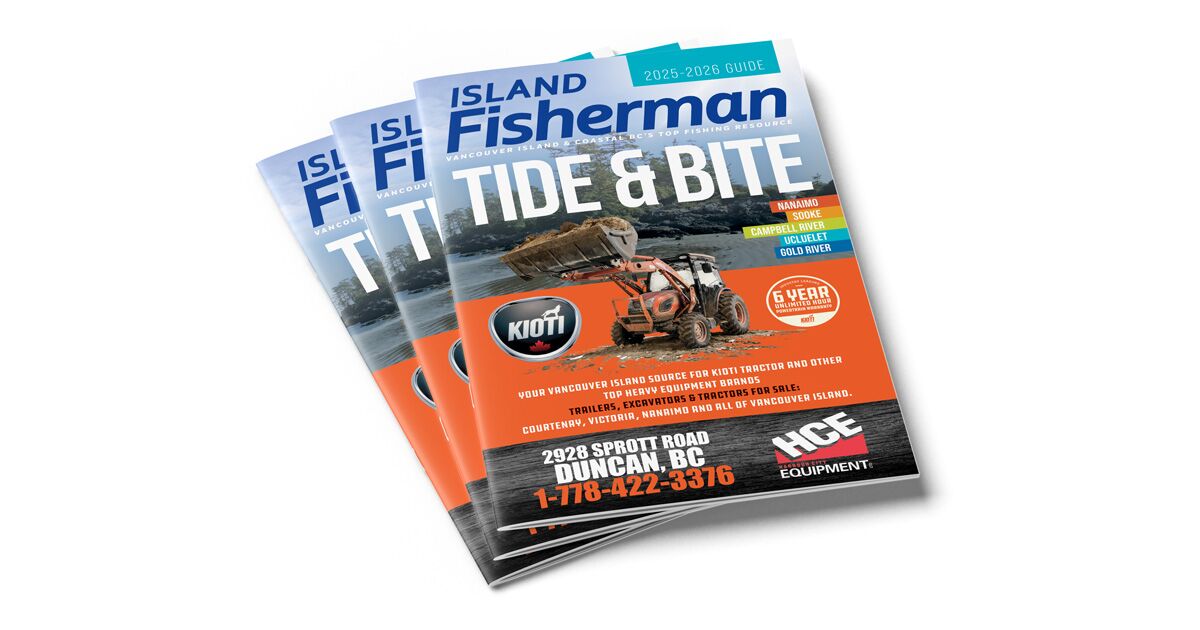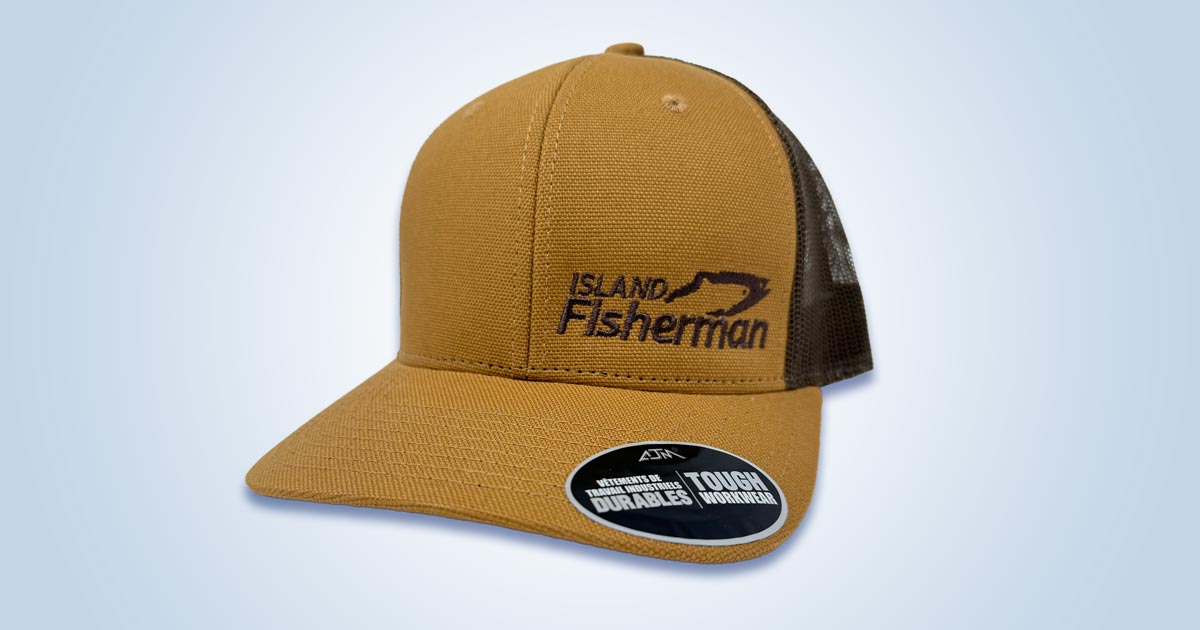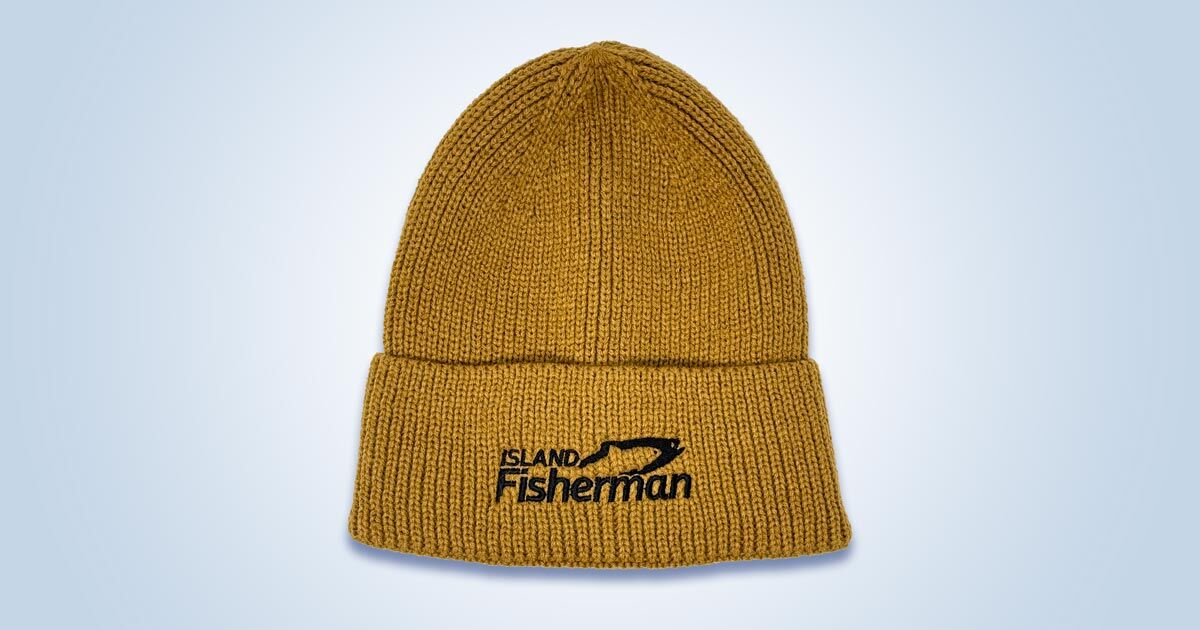Background-Chinook Non-Retention (CNR)
It’s great when your position proves to be right, it sucks when it takes six years to be validated. I am talking about the Chinook Non-Retention (CNR) regulation shocker imposed in 2019 by then Fisheries Minister Jonathan Wilkinson. It is still in place from April 1st to at least July 14th across most of southern BC’s important recreational fisheries. It impacted the bulk of the fishing areas in Juan de Fuca, Georgia and Johnstone Straits, and reaches north beyond Port Hardy to the boundary of Fisheries and Oceans (DFO) statistical Area 11.
CNR was pitched as essential to protect depressed Upper Fraser River stream-type Chinook stocks. Stream type Chinook spend an extra year in freshwater before going to sea. These older age classes contain the highest proportion of female Chinook that carry the most eggs. Depressed stocks include spring 4-2’s, spring 5-2’s and summer 5-2’s. The 4 and 5 numbers denote their age at maturity, and 2 is the code for stream type Chinook. They are very different than coastal fall runs which go to sea within a few months of emerging from the gravel.
The ink on the non-retention regulation order had barely dried before recreational advisors, fishing guides and many experienced anglers knew that CNR was applied too broadly, and that significant fishing locations should have remained open for at least the April and May fishing period, or longer in some cases. This knowledge was based on decades of DFO coded wire tag (CWT) data which shows when and where Chinook stocks arrived in specific locations, and who caught them. Based on sound science these lost fishing opportunities should have been assessed and corrected immediately.
The rationale behind the angling position on modifying CNR was based on known science:
- Chinook run timing when stocks of concern pass through various fisheries
- The percentage of stocks of concern relative to the total abundance of Chinook by area
- The hatchery component within the total Chinook abundance by area
Anglers were prepared to consider other conservation measures and to work with DFO to ensure that their impact on stocks of concern would be minimal. Options included adopting marked selective fisheries (MSF) on hatchery stocks, combined with mandatory release of unmarked fish; combinations of MSF with some wild retention, reduced daily bag limits and size limit restrictions within specific areas that qualified. However, senior DFO bureaucracy denied these requests. This fuelled the growing belief that CNR was driven by politics not fisheries science, prompting angler rallies, including one at Vancouver’s main DFO offices, and a protest in Victoria (see video here).
Photo source: Dave Brown
Some Chinook Retention Fisheries Allowed After Meetings with DFO in 2021
DFO did permit some Chinook retention fisheries in 2021, predicated on an adequate presence of hatchery fin-clipped Chinook and the almost complete absence of stocks of concern. Additional fishing opportunities were authorized in 2023. The few restored Chinook retention opportunities, though beneficial to anglers, were either too geographically limited or too remote to significantly offset the broader impact of CNR.
Adipose fin-clipped hatchery Chinook
The map shown below is just a portion of a much larger map of southern Georgia Strait. It was provided to recreational fishing advisory board members and invited guests, of which I was one, for meetings with DFO at Nanaimo’s Pacific Biological Station. The purpose of the meetings was to develop fishing opportunities where possible, and they resulted in adding some modest Chinook retention fishing in 2021, two years after CNR was imposed. However, only a few of the recommended removals of the CNR regulations were approved.
Another map covered the region from mid Georgia Strait to Cape Scott. The maps were provided to guide the group in defining, at the sub-fishery-statistical area scale, where these exemptions from CNR would occur.
The blue felt pen markings the map were put there by me, so that I would have a personal record of the potential removals of CNR regulations based on the discussions as they evolved during those meetings.
Readers need to understand that the map shown below is not an official DFO map; it is my recording of the proposed removals of CNR from specific fishing areas.
Proposed Chinook retention fisheries for a portion of southern Georgia Strait (Source: Tom Davis)
This map is important because it shows that five years ago, at a minimum, anglers knew where modest fisheries could be prosecuted, like Saanich Inlet-Gulf Islands and Howe Sound, with near zero to minimal impact on stocks of concern. In hindsight it also reveals how excessive the CNR regulations were, and that recreational fishery representatives were correct to challenge the 2019 non-retention regulations. How do we know this?
Multi-year DFO Study: Reference Fishery
The Monitoring Chinook Mark Selective Fisheries—Reference Fishery study update document summarizes reference fishery results from 2023 and 2024 in the areas where modest Chinook retention fisheries were finally allowed to open, and other areas where they were denied. It is titled Monitoring Chinook Mark Selective Fisheries-Reference Fishery: 2023 & 2024 and was done in collaboration with the Sport Fishing Institute of BC.
A reference fishery describes a DFO authorized and monitored fishery, where fishing guides collect important data for analysis by DFO staff. Guides fished as they normally would and collected information on the fish caught such as: Fin-clipped or not clipped, legal or sub-legal size, tissue samples for DNA analysis, PIT tag scans and observed fish health. All salmon were released. These fisheries were conducted in the Broughton Group, Bute and Toba Inlets, Sechelt Inlet, Howe Sound, Gulf Islands-Saanich Inlet, Victoria, Haro Strait, Becher Bay, Nootka Sound, and Esperanza Inlet.
In 2023, 128 boat days produced 1,084 Chinook for analysis. In 2024, 316 boat days produced 2,436 Chinook samples. The two year total was: 3,520 Chinook caught over 444 boat days. Reference fishery trip durations lasted about 8 hours per day, over 1 to 3 month periods depending on the area. All trips occurred between April and August.
Reference Fishery Examples and Specific Data
Howe Sound: It was only sampled in 2024 and was not a MSF area. Sampling occurred in April and May and only 1 Chinook out of 540 samples came from Upper Fraser River stocks of concern. Hatchery mark rates were assessed as medium. It remains under Chinook-non-retention.
Saanich Inlet-Gulf Islands: Two years of sampling produced 1,484 Chinook. Only 8 samples were from Upper Fraser stocks of concern. Sampling occurred April, May, June, and July. Hatchery mark rates were medium to high. In 2023 it became a Marked Selective Fishing (MSF) area with a modest daily bag limit. However, anglers lost four years of Chinook retention opportunities before the change was made.
Becher Bay: Sampling occurred in April, May, and June in 2024, and July only in 2023. 179 Chinook were sampled, 8 samples came from Upper Fraser stocks. Hatchery mark rates were mainly high. Puget Sound Chinook were the most abundant. Retention of Chinook is allowed.
The combined two year all area data confirmed the following:
- Puget Sound Chinook dominated the catch from Becher Bay to the Gulf Islands.
- The contribution of fall run Fraser River and east coast Vancouver Island Chinook increased progressively in the eastern and northern portions of Georgia Strait.
- Mark rates in Becher Bay, Victoria-Haro Strait, Saanich-Gulf Islands and Howe Sound ranged from intermediate to high, depending on the study year and the study time within the year.
The most jaw-dropping data reveals how few encounters with Upper Fraser Chinook stocks of concern were recorded. In 2023 it was 1.3% of the samples. In 2024 it was 0.5%.
Note: US hatcheries are required by law to mark almost 100% of their hatchery Chinook and coho. Currently, Canada only marks 10-20% of its hatchery production. This means the proportion of hatchery fish in Georgia and Juan de Fuca Straits under-represents actual hatchery contributions to fisheries, although the study does not specifically make that conclusion.
Adipose fin clipping (Photo by Peter McCully)
Conclusion & Quotes
The only conclusion to be drawn from this extensive reference fishery work is that DFO must immediately re-open important early season data supported recreational fisheries, that are currently closed to Chinook retention. DFO has another opportunity to fully correct the unnecessary damage done in 2019. They could open as MSF options, mixed MSF and wild stock, or appropriately regulated wild stock fisheries. This must be done regardless of the artificially imposed Integrated Fisheries Management Plan schedule, which provides little chance to quickly adjust fisheries in response to new information. These encounter rates for Fraser stocks of concern are so low, it’s hard to imagine these fisheries could be made any cleaner. So what else would cause a delay, if not political reasons?
Dave Brown, a Howe Sound angler, past river fishing guide, and nationally recognized recreational angler said, “There are no or minimal stocks of concern in Howe Sound, the reference fisheries prove what the recreational fishery has been saying all along. It’s like they find any excuse to say no. We are going into the seventh year of CNR and there is no reason not to have an MSF fishery in Howe Sound”.
“Fisheries seem to be managed more and more in recent years by political reactions, not science. There is a way to have responsible, sustainable Chinook fisheries while protecting stocks of concern. The reference fishery results align with what anglers have been saying since 2019”, said Jason Assonitis, Owner/Operator of Bon Chovy Fishing Charters.
Jason Assonitis, Owner/Operator Bon Chovy FIshing Charters, with a hatchery winter Chinook in March at the Mouth of the Capilano River
Chris Bos, past chair of the South Vancouver Island Anglers Coalition, and member of numerous fishery committees stated, “With special interest groups that dislike recreational fishing and pressuring government to shut down our fishery, the reference fishery has emerged as a valuable tool to verify what is true and what is guess-work”. Bos adds, “Data shows the fishery is clean, with less than 1% impact; shutting down any fishery with such a small impact is completely unjustifiable.”
Chris Bos (L) (Photo source: Chris Bos)
As all Canadians know there is a federal election coming quickly. The data from the reference fishery needs to be made available to every local candidate whose constituents enjoy, or make a living from recreational salmon angling. However, before voting it would be wise to consider which political party has been in power for the last decade. Their tenure exactly coincides with the emergence of the most serious threats to angling opportunities ever. It is not a coincidence.
Visit the Store
$34.99
$34.99
Featured Catch
Joel Unickow halibut (Photo: Rob Frawley Lucky Strike Sportfishing Tofino)



